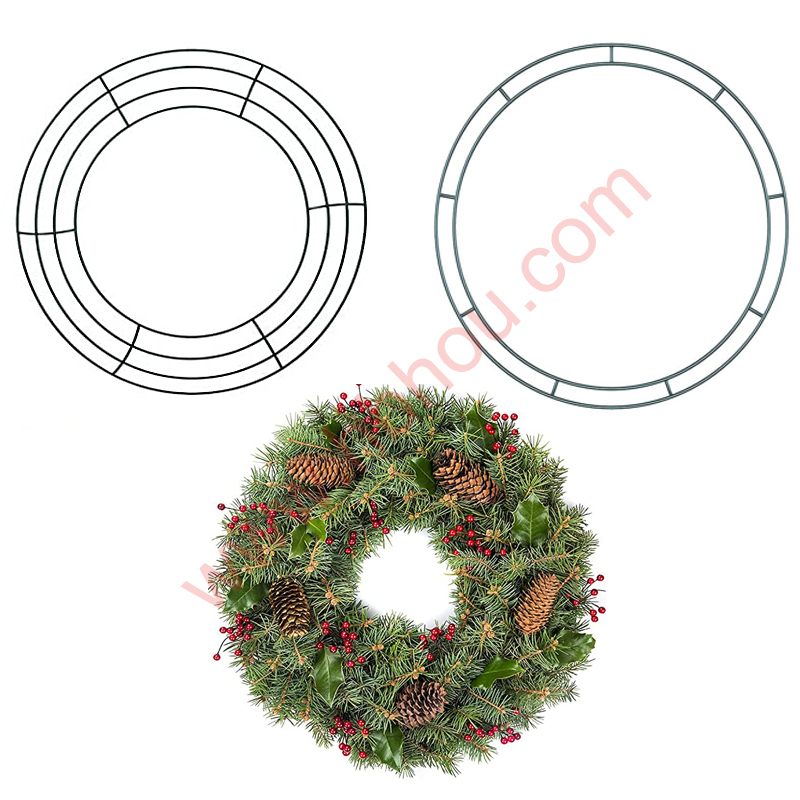Flux Core Welding Wire for Cast Iron An Essential Guide
Welding is a crucial process in metal fabrication and repair, and choosing the right materials can significantly affect both the quality and durability of the weld. When it comes to welding cast iron, one of the best options available is flux core welding wire. This article delves into the characteristics, advantages, and best practices of using flux core welding wire for cast iron.
Understanding Flux Core Welding
Flux core welding, also known as flux-cored arc welding (FCAW), is a semi-automatic or automatic arc welding process that uses a continuously fed tubular wire. This wire is filled with flux, which serves various purposes during the welding process. Unlike traditional welding methods that rely on an external shielding gas to protect the weld pool from contamination, flux core welding produces its shield gas through the decomposition of the flux within the wire.
This process is particularly beneficial for outdoor welding applications, where windy conditions can easily disperse shielding gases, leading to poor quality welds. The versatility and adaptability of FCAW make it a popular choice among welders, especially when it comes to welding materials like cast iron.
Why Choose Flux Core Welding Wire for Cast Iron?
Welding cast iron poses unique challenges due to its brittle nature and tendency to develop stress fractures during and after the welding process. Flux core welding wire specifically designed for cast iron comes with certain advantages
1. Strong Bonding Capability High-quality flux core welding wires for cast iron are engineered to create strong bonding with the parent metal. They often contain alloying elements that enhance the weld’s strength and reduce the risk of cracking.
2. Flexibility with Alloys Many flux core wires can be used with different types of cast iron, including gray iron, ductile iron, and malleable iron. This versatility allows welders to adapt their techniques based on the specific requirements of the job.
3. Reduced Risk of Contamination The flux within the welding wire acts as a protective barrier, preventing contaminants from affecting the weld pool. This is particularly useful when working with cast iron, which can have surface impurities that compromise weld quality.
4. Ease of Use Flux core welding tends to be easier for beginners to learn, due to its relative independence from environmental factors. This makes it a practical choice for those new to welding or working in less-than-ideal conditions.
Selecting the Right Flux Core Welding Wire
flux core welding wire for cast iron

When choosing flux core welding wire for cast iron, it’s important to consider several factors.
1. Wire Diameter The diameter of the wire influences the heat input and weld penetration. For thicker sections of cast iron, a larger diameter (e.g., 1.0 mm) might be more appropriate, whereas thinner materials may require a smaller diameter (e.g., 0.8 mm).
2. Chemical Composition Check the wire’s specifications for alloying elements such as nickel, copper, or molybdenum. These elements can enhance the toughness and ductility of the weld, reducing the likelihood of cracking.
3. Manufacturer Recommendations Always refer to the recommendations provided by the manufacturer regarding the type of flux core wire suitable for a specific type of cast iron.
Best Practices for Welding Cast Iron with Flux Core Wire
1. Preheat the Material Preheating cast iron before welding can help reduce the risk of cracking. This process allows the material to expand gradually, alleviating stress on the weld.
2. Maintain Control of Heat Input Using short, controlled weld beads can help manage the heat input. Excessive heat can lead to distortion or cracking.
3. Post-Weld Treatment After welding, allow the joint to cool slowly to minimize the potential for stress fractures. In some cases, post-weld heat treatment may be necessary to relieve internal stresses.
4. Clean the Surface Ensure that the surfaces to be welded are free from oil, grease, and rust. A clean surface will promote better metallurgical bonding and improve the overall weld quality.
Conclusion
Flux core welding wire offers an effective solution for welding cast iron, providing strong, reliable welds that can withstand the test of time. By selecting the right material, following best practices, and adapting techniques based on the project requirements, welders can achieve superior results in their cast iron welding endeavors. Whether repairing machinery or fabricating new components, understanding the intricacies of flux core welding wire is vital for successful outcomes.
















